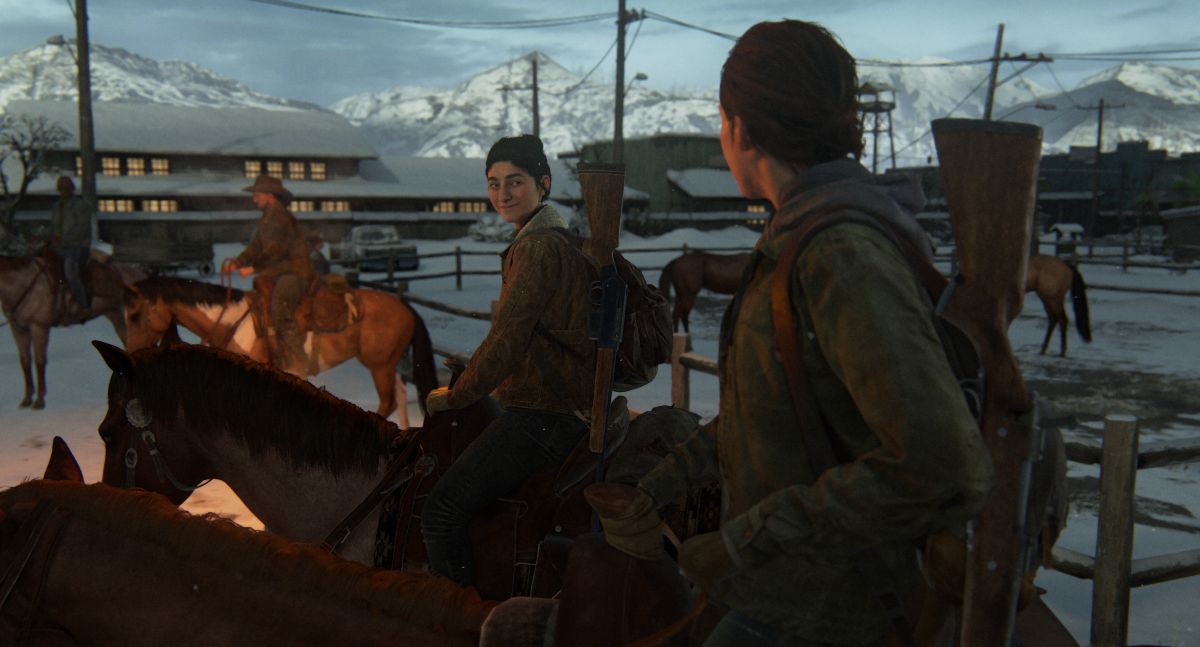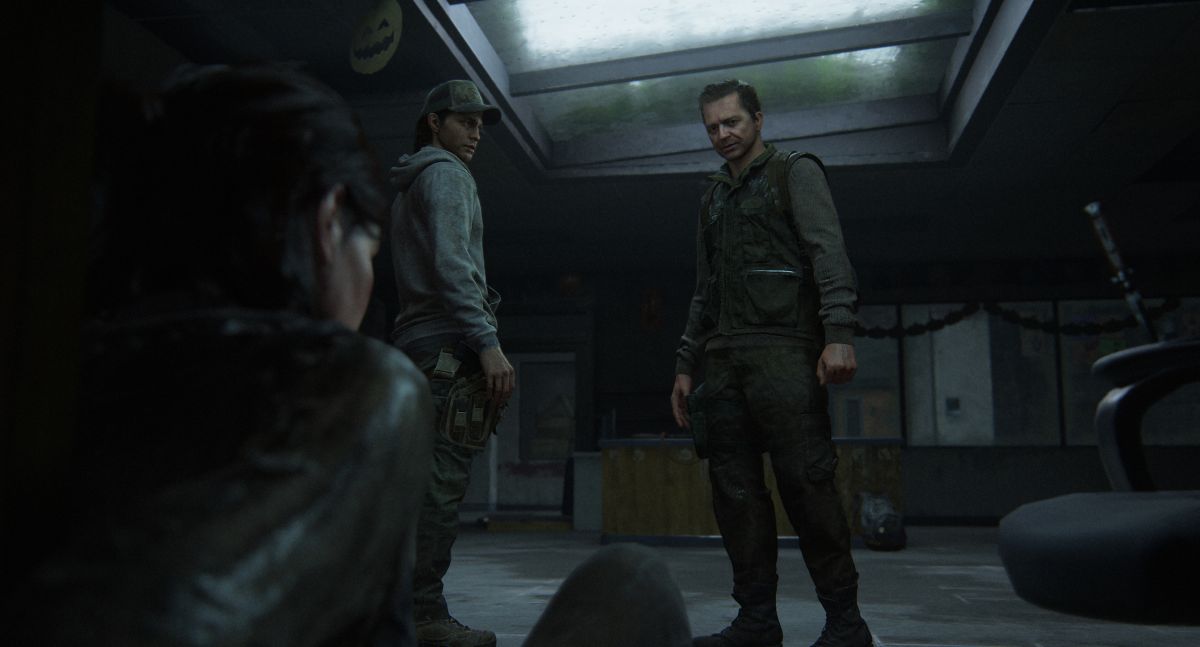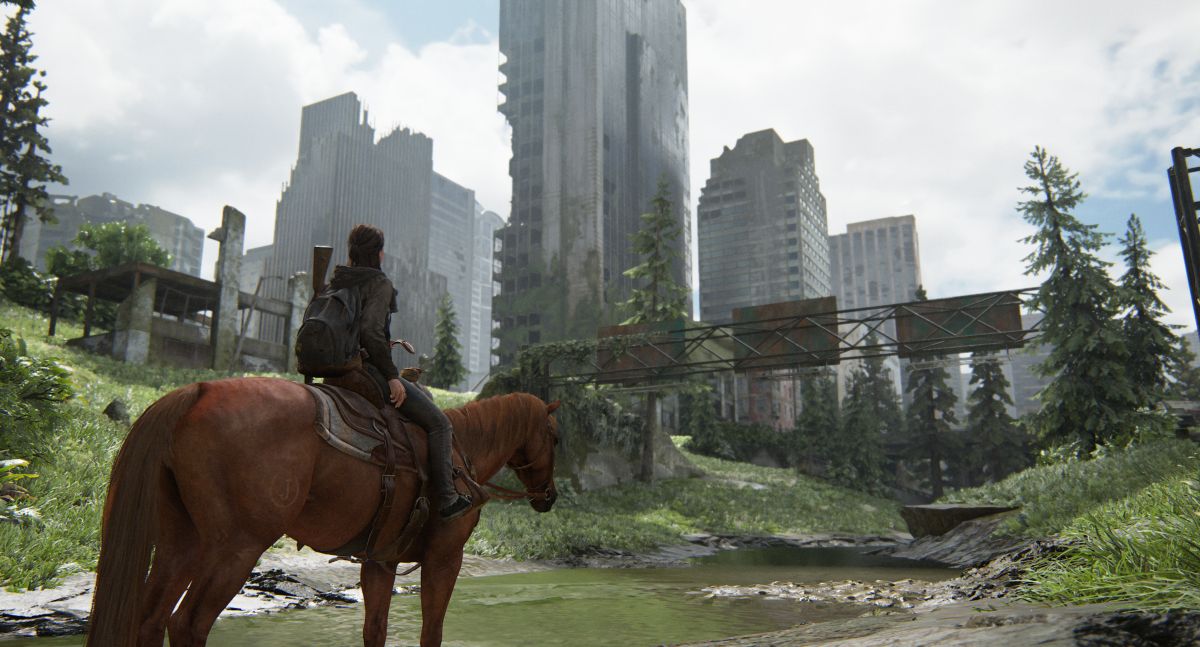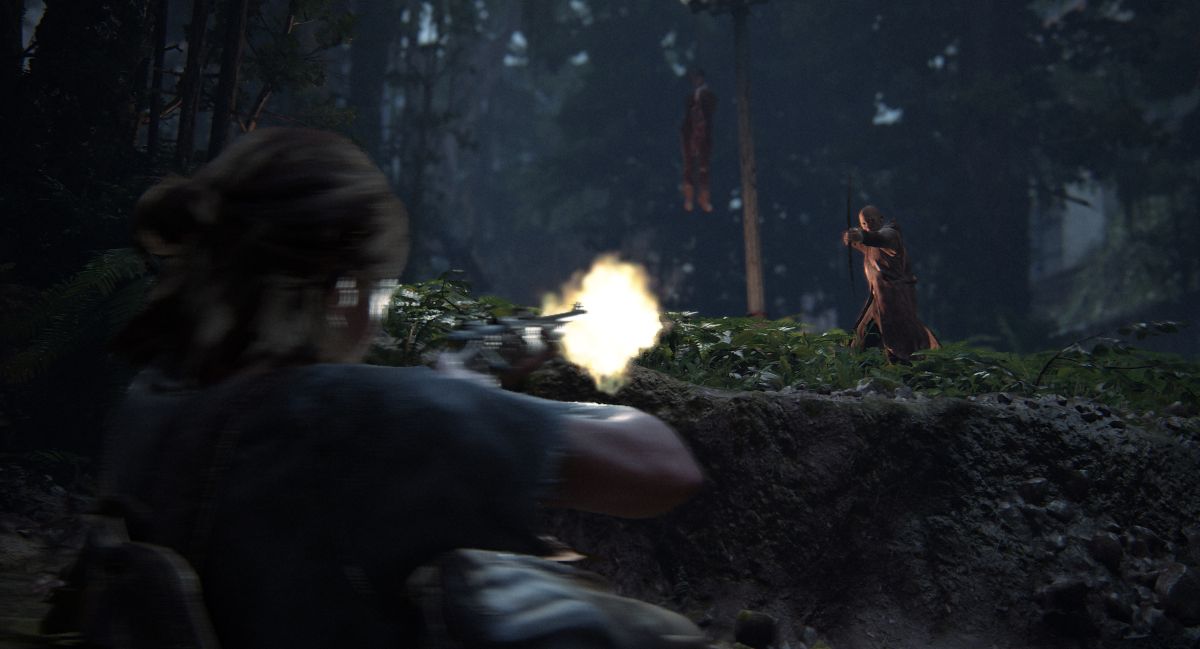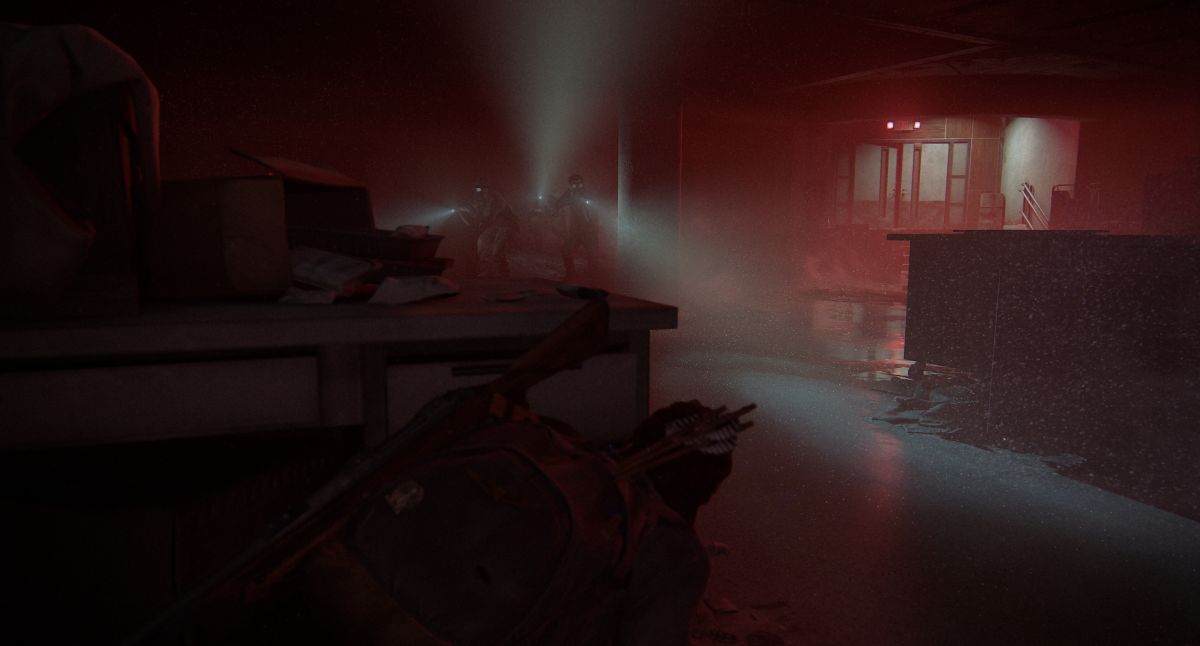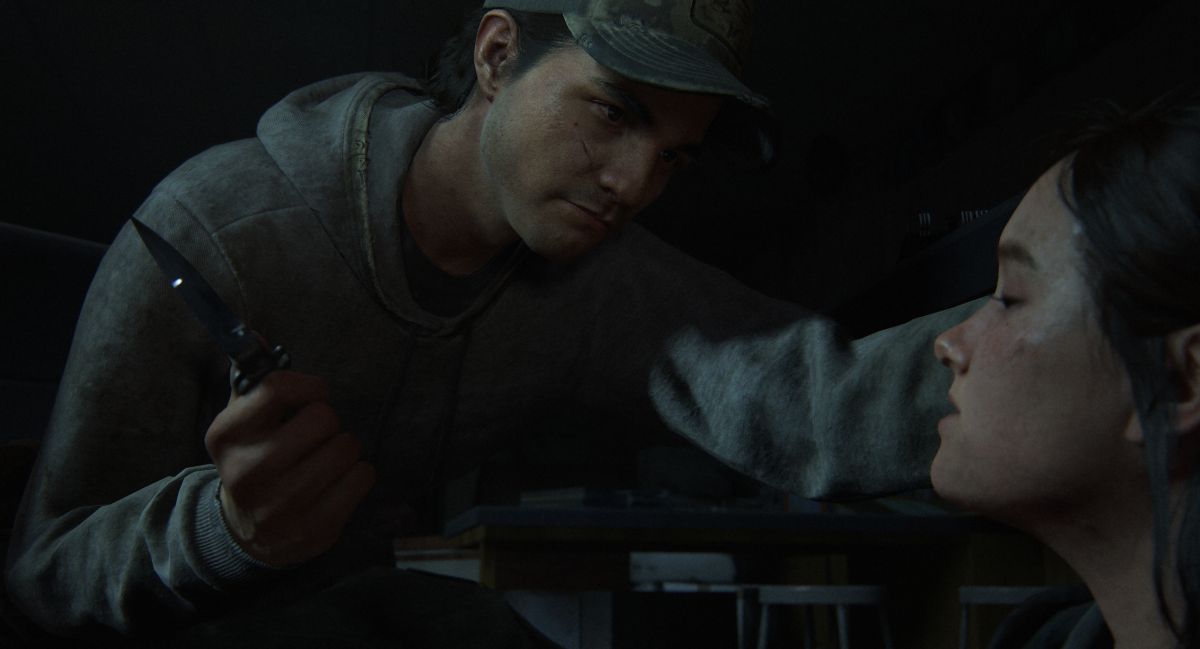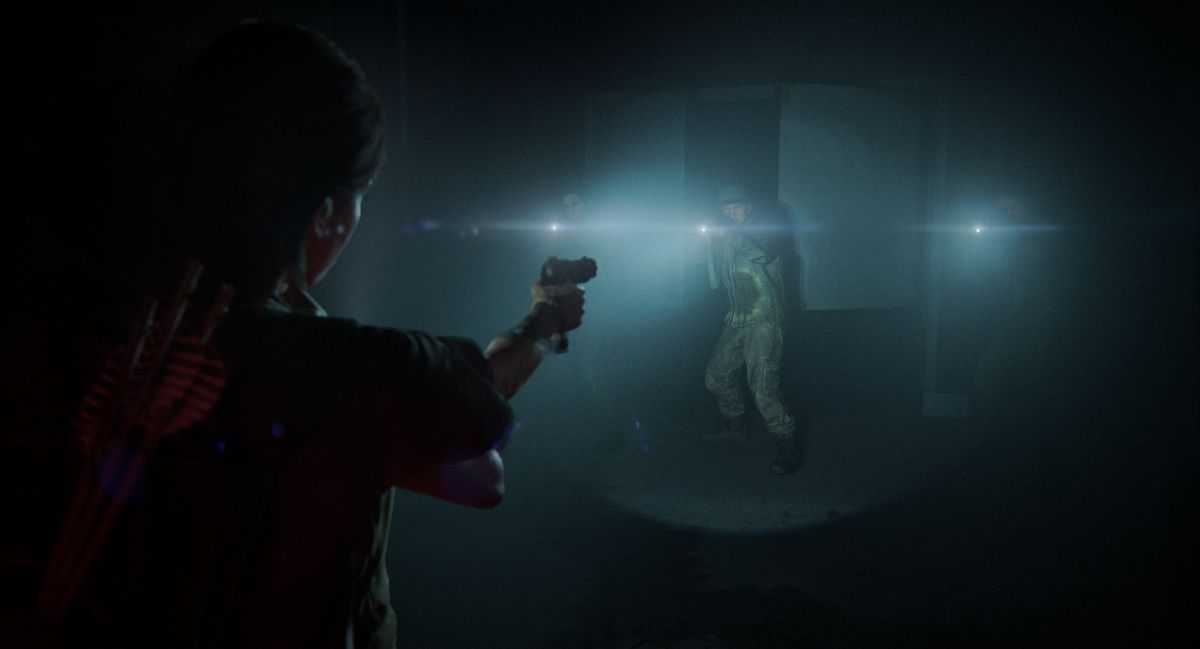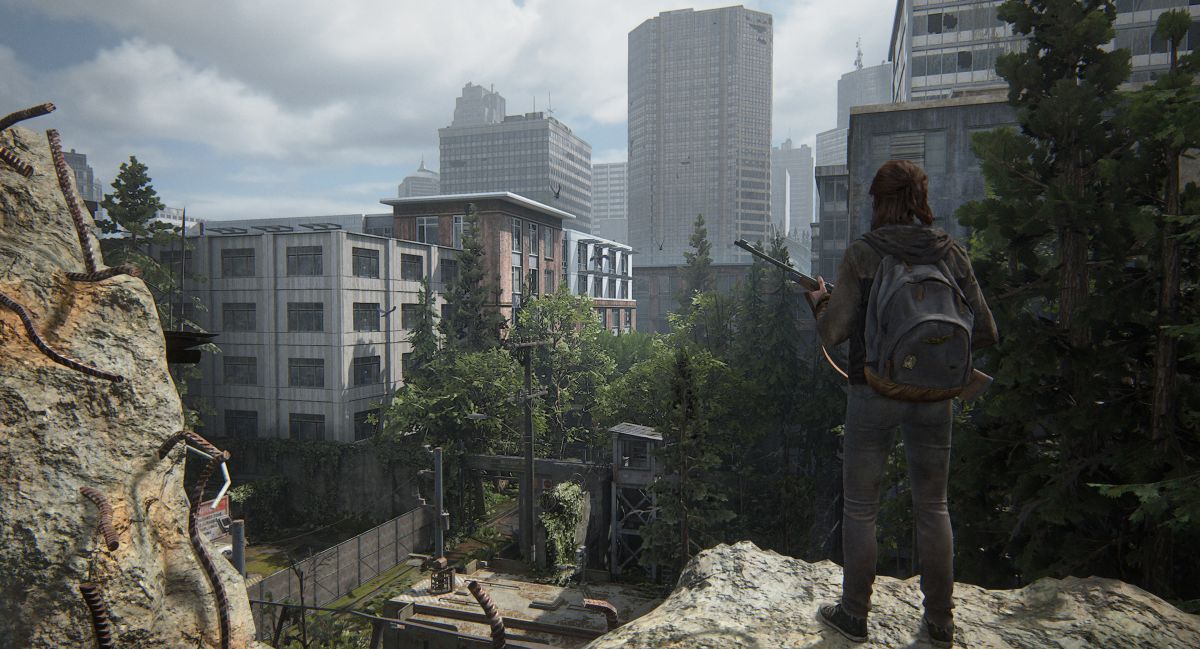The Last Of Us II, however, isn’t such a tale and as evidenced by all currently existing trailers and snippets released by Naughty Dog online, the sequel takes on a much darker tone centered around vengeance and yet, somehow manages to stumble around its own plot.
Growing Up Ellie
Full disclosure: unlike so many others who have chosen to either ruin the story for themselves or to just simply get the scoop ahead of the crowd, I have not read the leaked spoilers for The Last Of Us II. I won’t lie, it has been tempting, but seeing that the game would have officially launched by the time this goes up, I thought it best to simply bite the bullet and play it. That said, I have endeavoured to keep this review free from spoiler as much as a I can, so with that out of the way, let’s not dawdle and get right into it. The Last Of Us II takes place several years after the end of the Last Of Us. While players controlled and played as Joel for the majority of the first game, the sequel puts you in the players of Ellie – the role reprised by Ashley Johnson – who is now nearly an adult, or as a young adult living in post-apocalyptic America can be.
Life clearly hasn’t easy on Ellie, or anyone else, for that matter.
Having settled in with the community of Jackson, the game gradually lets us in on what happened between Ellie and Joel over the years by sliding in some lucid flashbacks throughout the course of the game. These moments are sweet and sometimes tug at your heartstrings; almost all of these scenes also serve to remind us of that unspoken “parent and child” bond that exists between the two, and something of bitter reminder as to what Joel had done in order to keep that bond in existence. Ellie’s character is clearly more distant – colder, if you will – than her adolescent self in the first game. The Ellie we see is more reserved, a woman of few words, except when she’s with the company she appreciates. Enter then Dina and Jesse, two individual who joined the township a couple of years after Ellie, with the former being her love interest throughout the game.
But again, make no mistake. The Last of Us II is not a fairy tale romance or one of the happy, feel good game. And Druckmann hammers that point early in the game by making the game take a dark turn that scars Ellie’s humanity and mentally. It’s a moment that forces Ellie to walk down a path similar to the one Joel took when he went on to save her; it’s just as personal, but definitely less compassionate. Naturally, it wouldn’t be interesting if there wasn’t the odd group of extremists or cultists standing in the way, and in Ellie’s case, both archetypes exist in-game. On one side, there’s the Washington Liberation Front, or Wolves for short, while on the opposite end of the spectrum, you have the Seraphites, otherwise referred to as Scars.
Still A Beautiful But Dangerous World
The Last Of Us II’s overall design and gameplay mechanics aren’t what I would describe as ground breaking. Compared to the last game, there is certainly a level of fluidity that Naughty Dog has brought to the table, and of course, having a more powerful console helps to flesh out certain aesthetics that the studio wasn’t able to before. One aspect that I must say Naughty Dog has seemingly improved in The Last Of Us II is combat. Stealth is still a core of the game, no doubt, but when you’re forced into a firefight – and you will be – gunning down both the Infected and human mobs is now a more action-packed affair. Even more fun is how the game allows you to disengage from a gunfight halfway through, turning the fight into a game of hide-and-seek.
Both enemy AI and buddy AI are vastly improved over the last title.
On a side note, the enemy AI has been improved considerably as well. The enemy AI, in particular, trains in on your last known location, so you’re forced to move from cover to cover. On top of that, The Last of Us II introduces the guard dog that’ll instantly detect you once it’s picked up Ellie’s scent. Honestly, I like this addition, as it forces me to constantly think on my feet on throwing them off. That, and preparing a nasty, if not snide surprise for both dog and minder in the form of a trip mine. It doesn’t end there either. To complement the new arsenal of firearms, you’re also given a rather vast weapons customisation layer that is accessible via workshop benches found throughout the course of the game. You only four to five upgrades to each weapon, but believe me when I say that each purchased upgrade does make a significant improvement in the handling, performance, and damage of each firearm.
Again, just like the Uncharted series, there is an absurd amount of detail, both for characters and the environment. And even while the premises of the game is set in a post-apocalyptic vision of Seattle, making the city true to life and to size means that there are avenues of exploration that there’s a fair bit of exploration to be done.
A Boilerplate Plot Paired With Exceptional Acting
If someone were to asked me to point out what makes Naughty Dog titles so endearing, I’d simply say this: Brilliant plots, outstanding narratives, brilliant story-telling, and solid acting. In the case of The Last Of Us II, the games ticks the boxes on the last three, but leaves us short-changed on its boilerplate revenge plot. Don’t get me wrong, I love games and movies where the main theme centres around a protagonist doling out justice and the comeuppance to his enemies, slowly climbing up the proverbial ladder until he reaches the final boss and delivers the culminated, unbridled fury of his wrath. Case in point, look at Capcom’s Asura’s Wrath and the first John Wick movie.
The point I’m trying to make here, though, is that you can only go so far with a plot whose premise is based on getting even. For The Last of Us II, that plot is a relatively paper thin, almost boilerplate template that feels off-tangent from the plot of the first game. Ultimately though, one of the reasons I believe Druckmann stuck to the revenge plot is also because he’s trying to teach us that simplest of lessons on the matter: violence only begets violence. The one element that carries the entire game through the thin plot is the outstanding standing and motion capture. Throughout the game, I can feel Ellie’s anger, her frustration of not being able to do anything; it’s raw and gut-wrenching, and her trials and tribulations that led to this point are even more poignant. In turn, I also bought into her tender moments with Dina and of course, the father-daughter dynamic between Joel and her.
Credit is also due for the supporting cast and the characters on the other side; they say there are always two sides to a story, and listening to the stories from the “opposing” side reminds me that Ellie isn’t the only one who has lost something. The Last of Us II is already available on the PS4.
